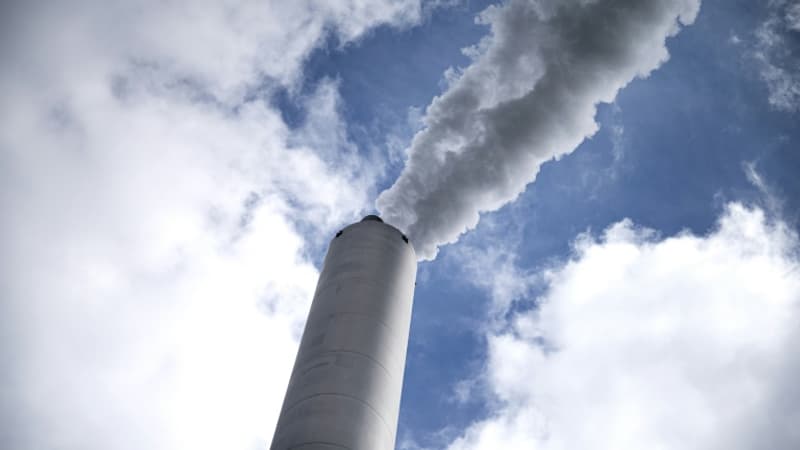Oil giant TotalEnergies announced on Monday that it had won two permits in Denmark to explore the potential to bury CO2 more than two kilometers underground in the North Sea, with the main goal of capturing 5 million tonnes (Mt) per year by 2030. The North Sea is suitable for this type of dumping because its subsoil has the necessary geological properties, and because the region already has many pipelines and storage sites left over from decades of oil and gas exploitation.
The permits won by TotalEnergies cover an area of more than 2,000 km2, approximately 250 km from the Danish west coast. The area includes the Harald gas fields, operated by TotalEnergies, as well as a saline aquifer that will likely host the stored volumes, the French group explains.
Carbon capture and storage (“CCS”) projects, which are still very expensive and at the time, aim to capture and then sequester CO2, a source of global warming and emitted in particular from the exploitation of fossil fuels and heavy industry. Once captured at the source, for example at industrial sites, this greenhouse gas must be transported (by ships or old gas pipelines) to be stored in reservoirs (geological cavities, depleted oil and gas fields, etc.).
A first drilling in the aquifer in 2025
In Denmark, TotalEnergies will hold 80% of this project called Bifrost (with the public company Nordsøfonden, 20%), and will be the future operator. No cost or financing figures were released. With another Danish project, called Greensand and led by INEOS and Wintershall DEA, up to 13 million tons of CO2 could be captured per year. “The Danish metro opens the doors to a new green business venture with customers across Europe,” said climate and energy minister Lars Aagaard.
TotalEnergies must first carry out detailed evaluations “to develop a project that ensures, in the long term, the transport and permanent storage of more than 5 Mt CO2/year.” In particular, you will need to determine if the existing pipeline can be converted. The goal is to carry out a first drilling in the aquifer in 2025, between 2 and 3 km below the seabed, explains Martin Rune Pedersen, director of TotalEnergies in Denmark.
TotalEnergies participates in three other projects of this type
Other major CCS projects are underway, notably in Norway with the “Northern Lights” project, due to start in 2024 and ultimately aiming for a capacity of up to five million tonnes. To this end, the first commercial agreements have been signed with fertilizer manufacturers, a highly emitting industry. TotalEnergies for its part already participates in four projects of this type, all of them in the North Sea, the Danish Bifrost project, the Norwegian Northern Lights, the NEP project in the United Kingdom and the Aramis project in the Netherlands (with a goal of 2030 a capacity up to 8 Mt/year).
Given the magnitude of global warming, the UN climate experts (IPCC) estimate for the first time, in their latest reference report, that the world will have to resort to capturing and storing CO2, whatever the pace at which to reduce its greenhouse gas emissions. Every year around 40 billion tons of CO2 are emitted worldwide.
Source: BFM TV


